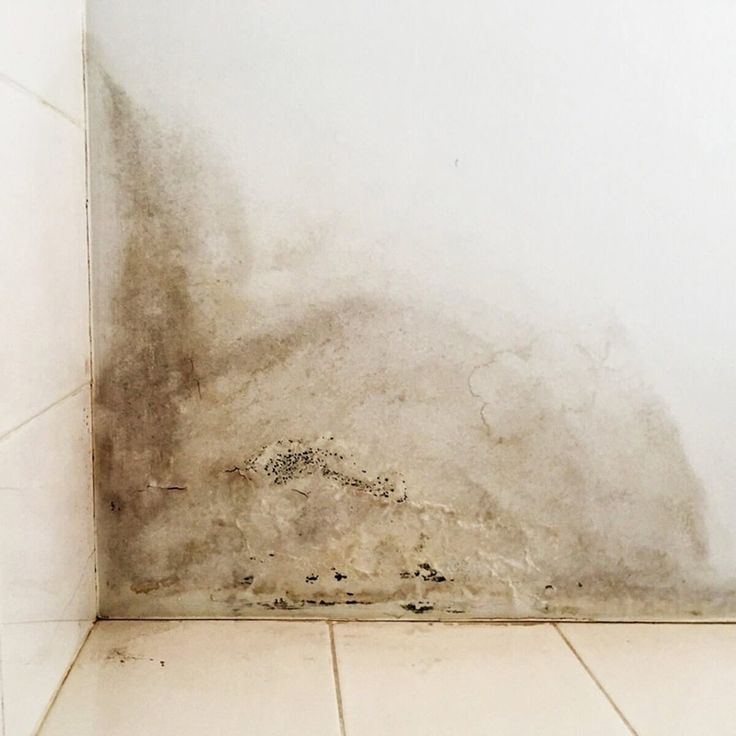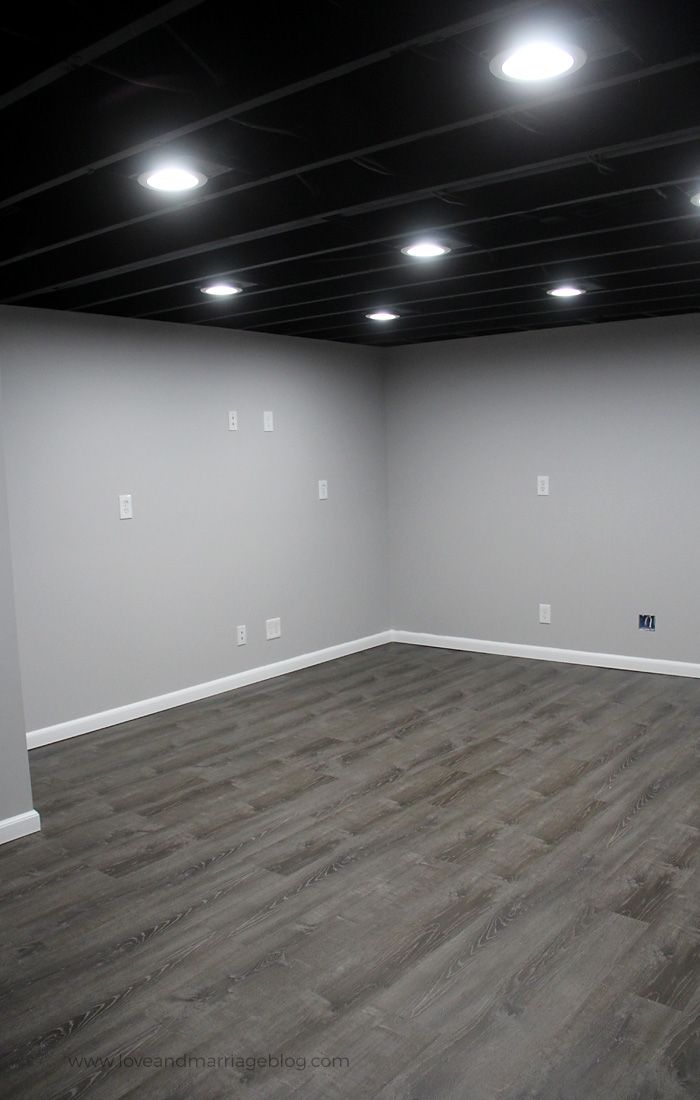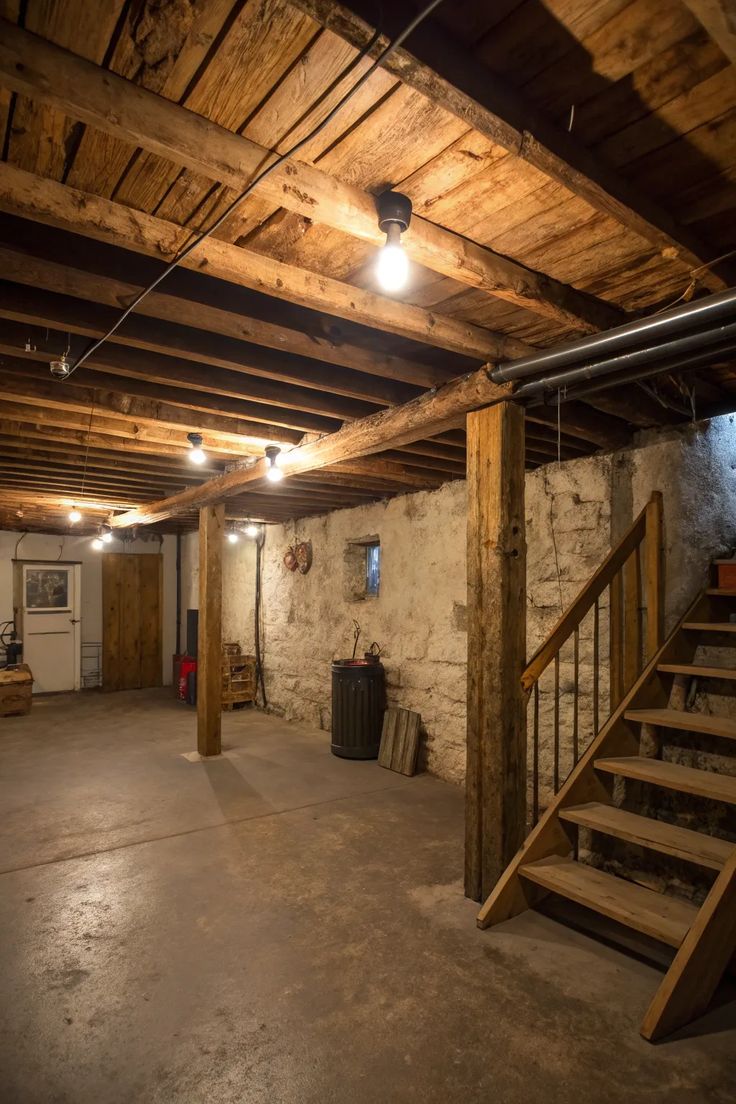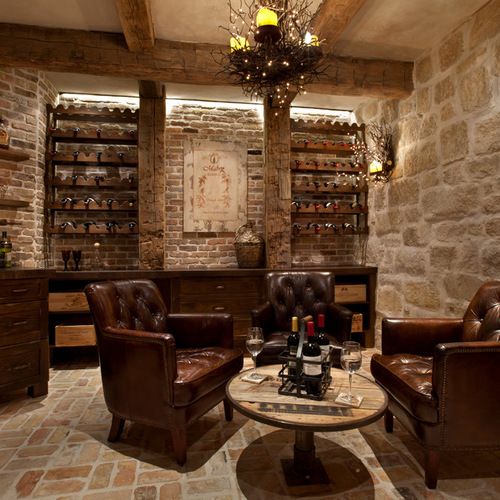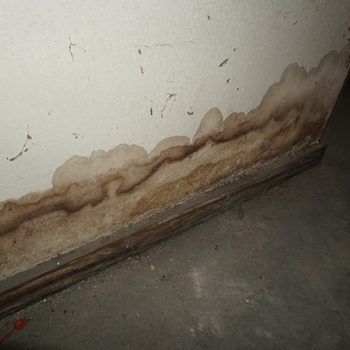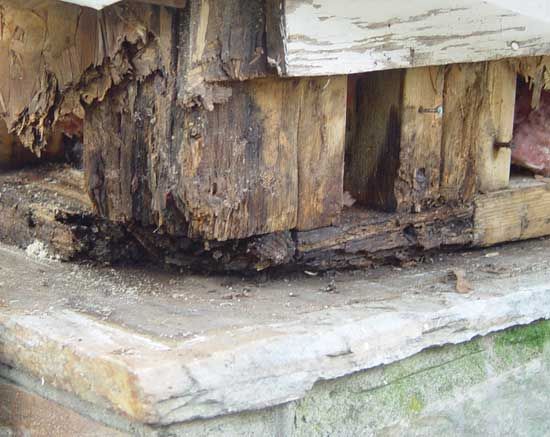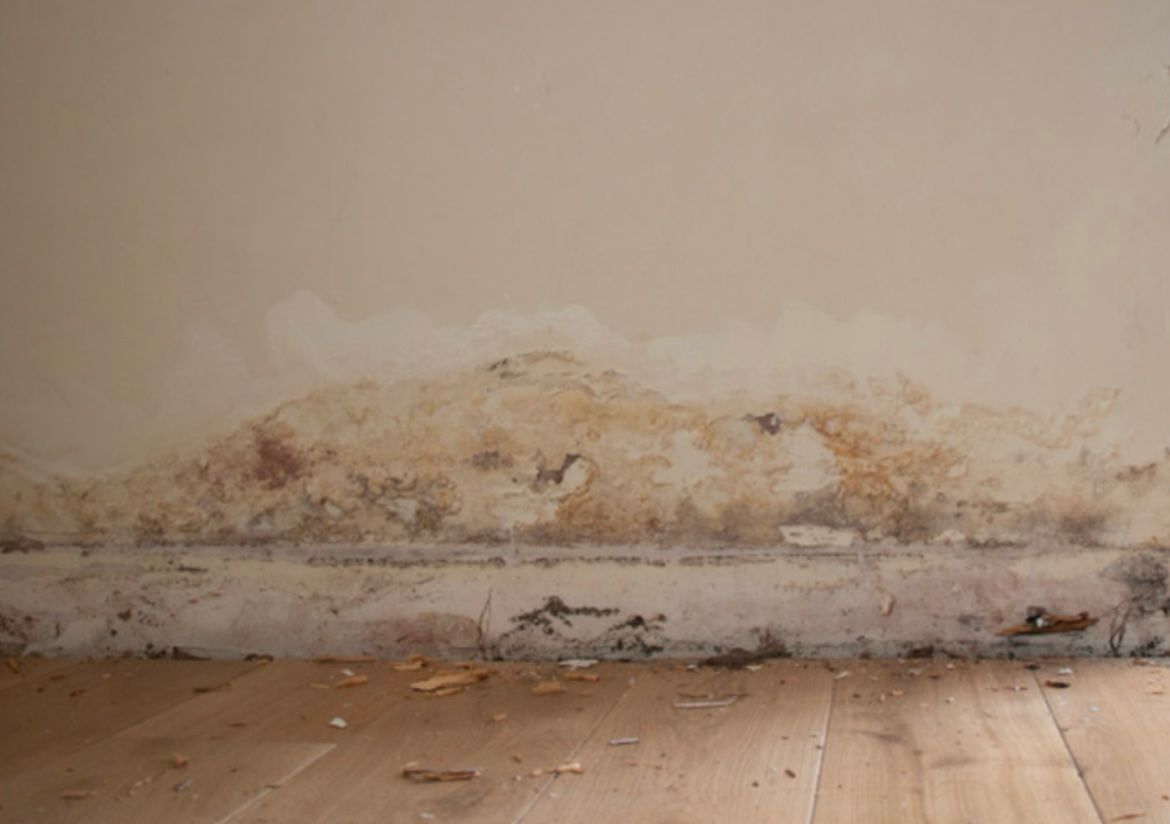Kennedy Damp Proofing - Certified Specialists in Sussex & The South Coast
Protecting Homes From Damp, Mould & Timber Decay For Over 20 Years
Damp Proofing Services
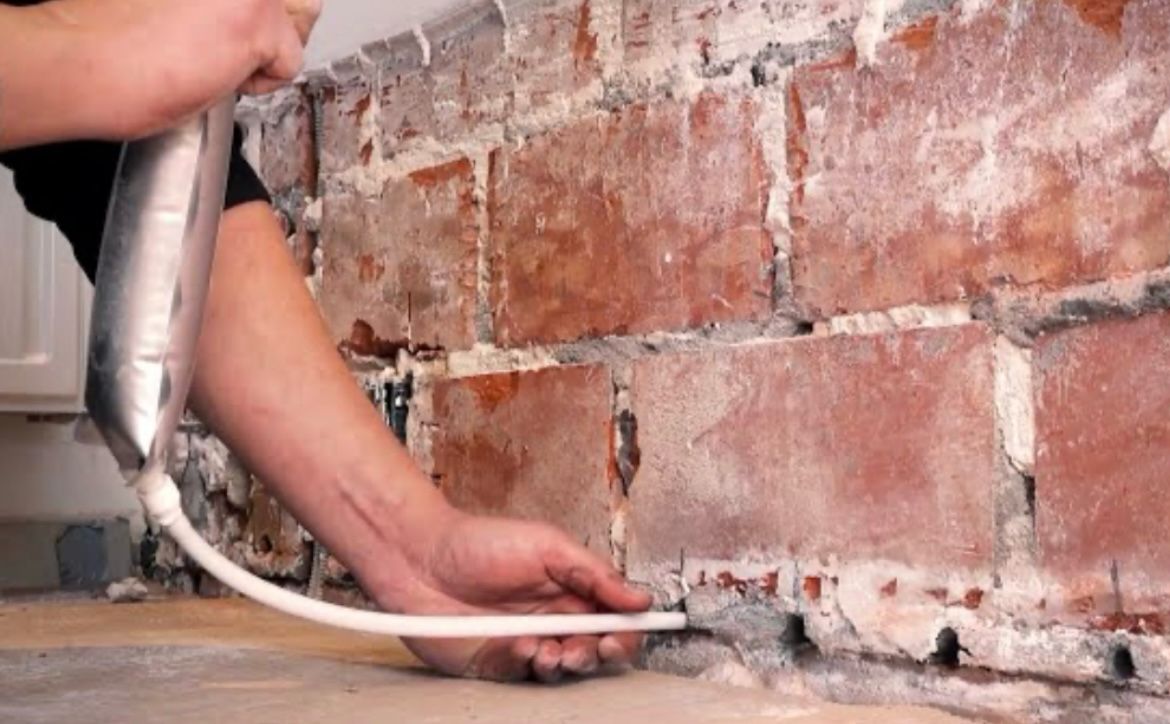
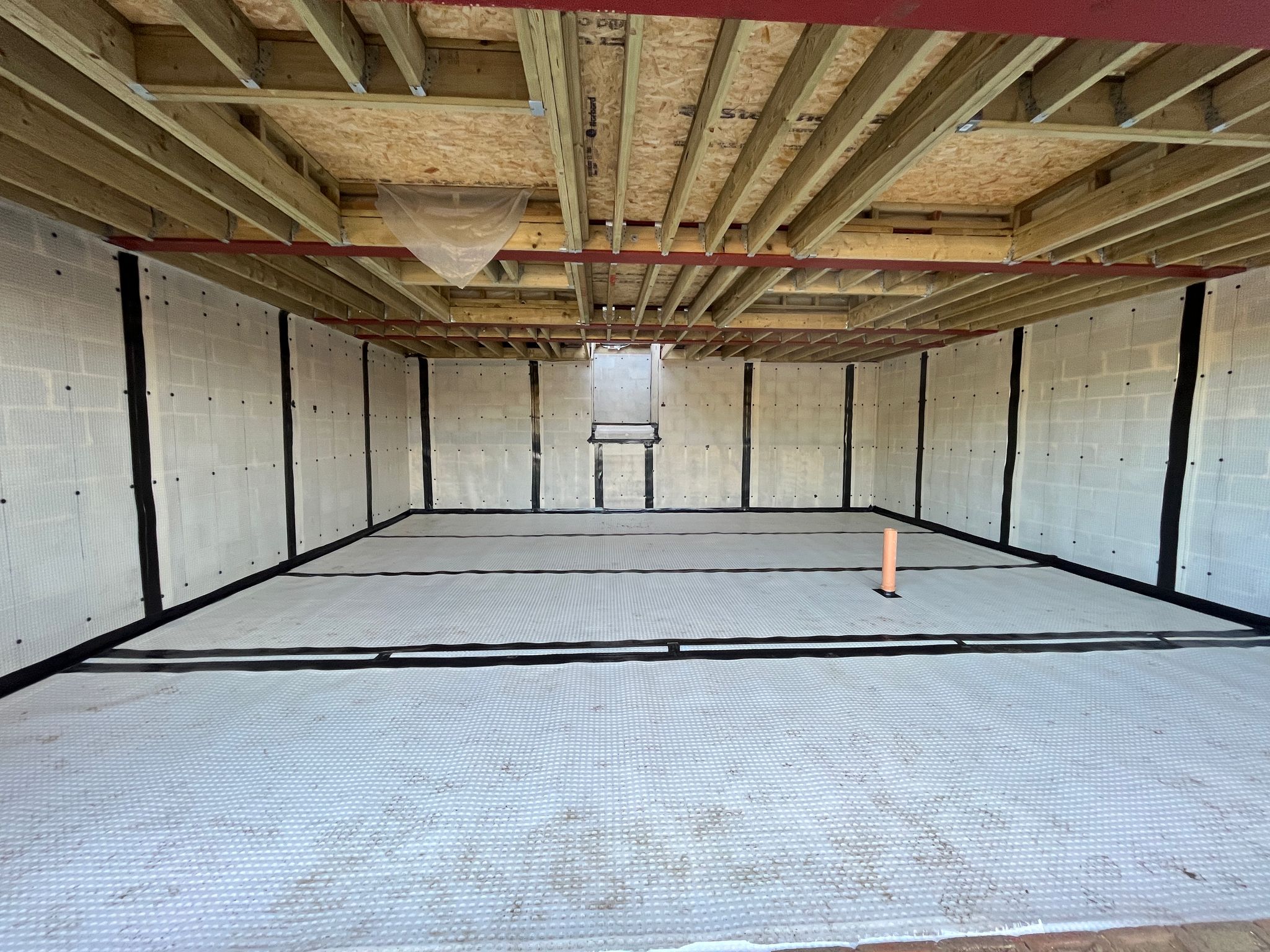
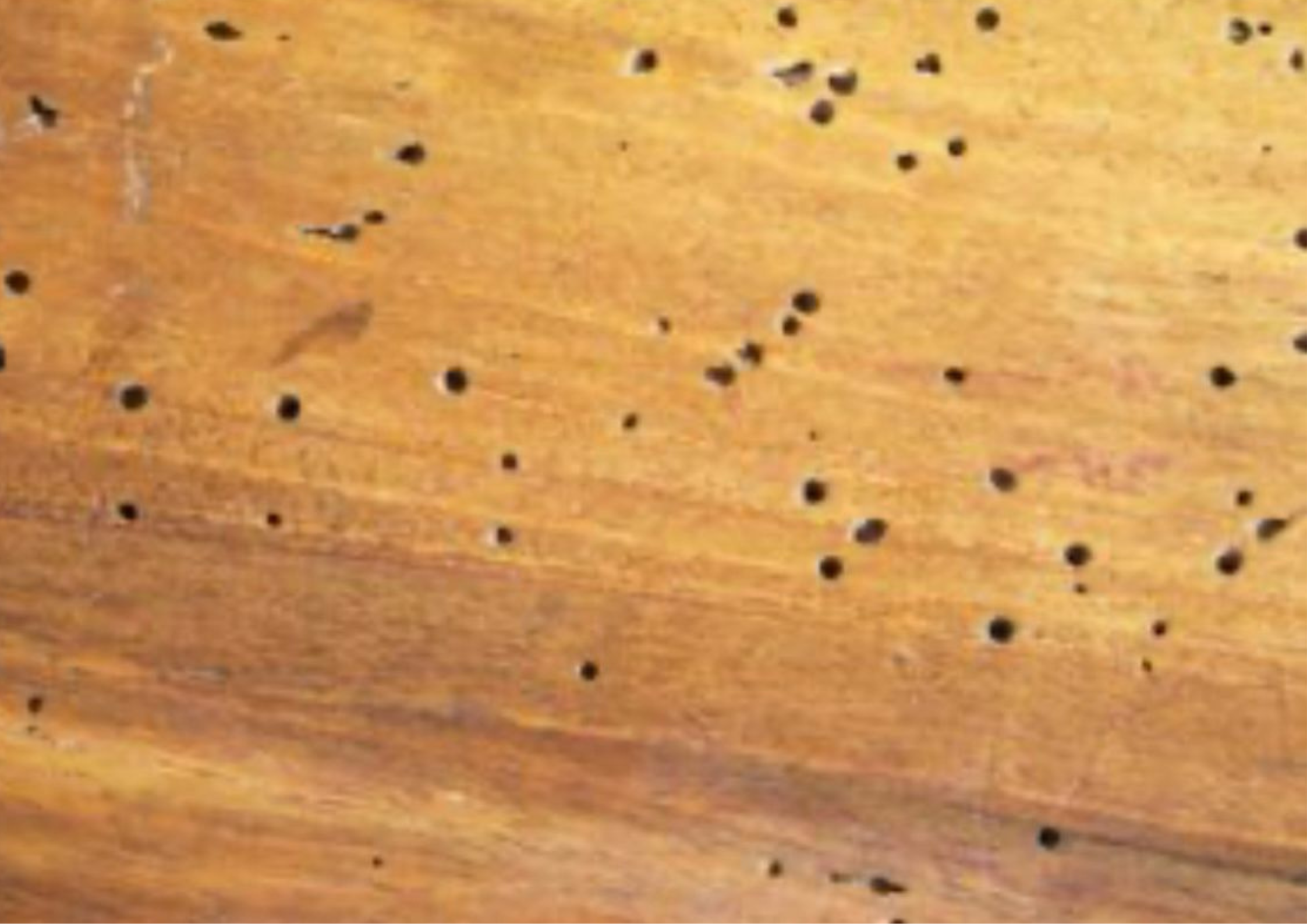
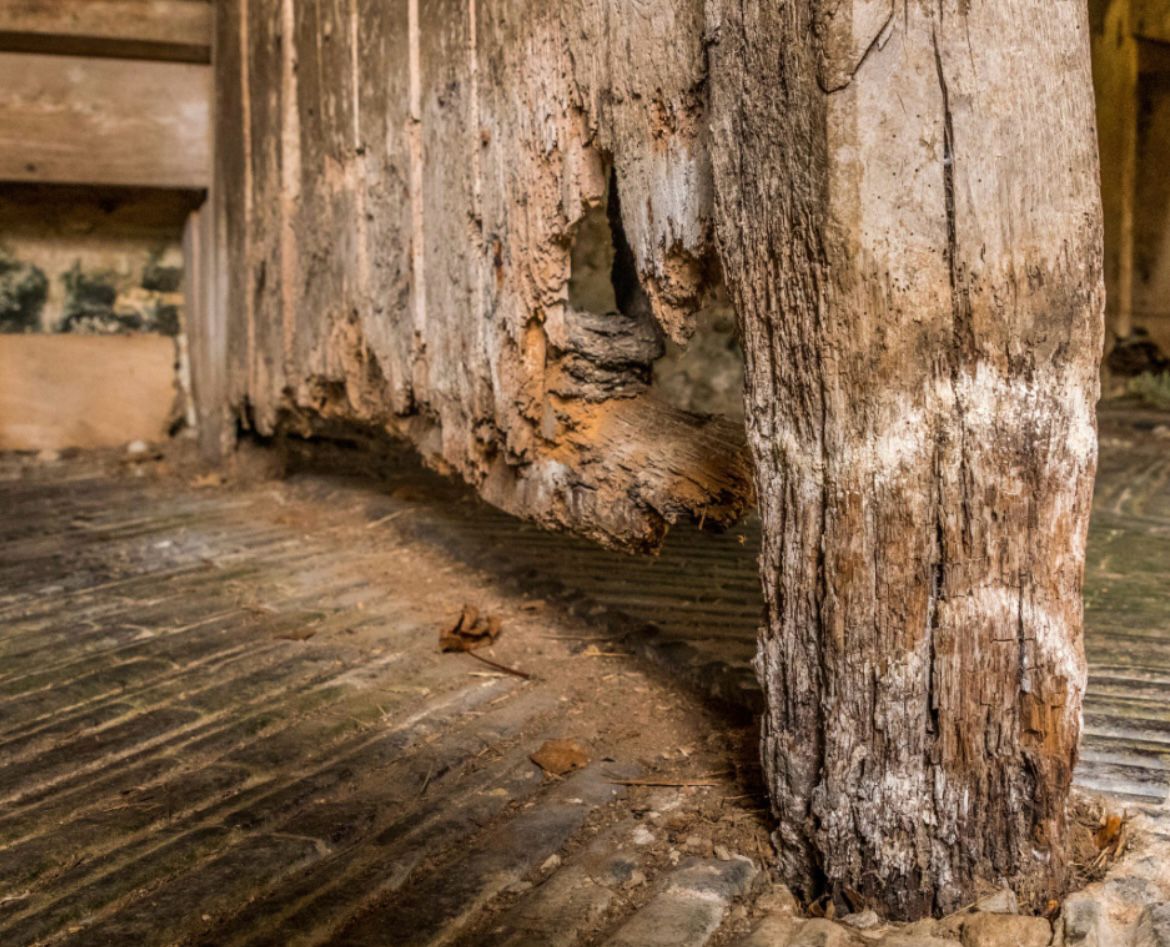
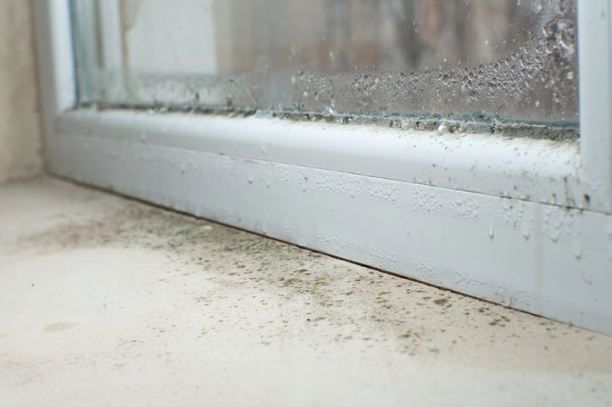
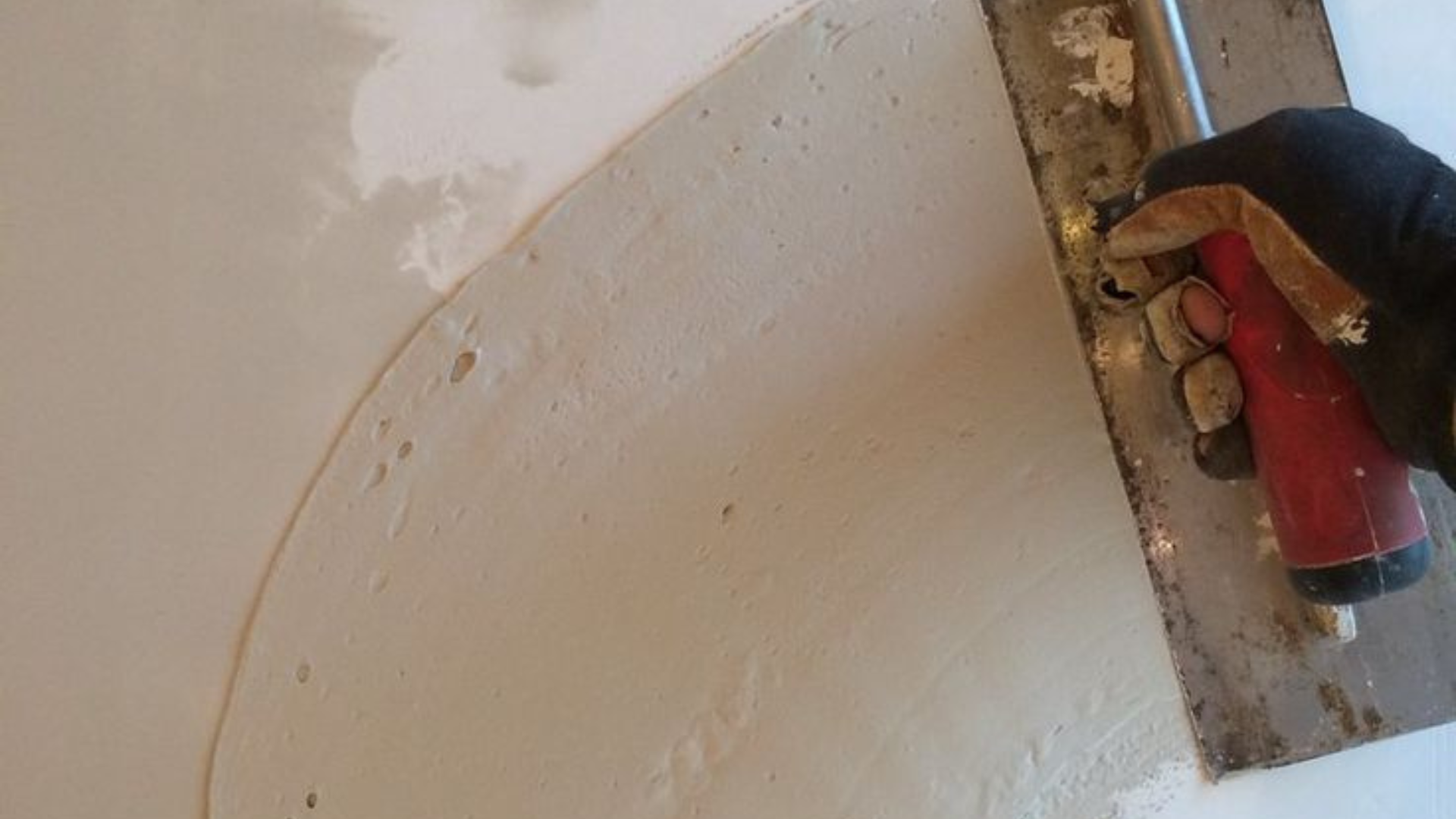
Trust Kennedy Damp Proofing - Your Local Damp Experts Since 2000
______
At Kennedy damp proofing LTD, we specialize in all aspects of damp proofing, offering our services across the southeast of England.
We control treatments curing rising damp, penetrating damp, condensation control, dry rot, wood worm infestation and other damp treatments and repairs to ensure your property is always protected.
We are a family run business which consists of two brothers. With a combined experience of 25 years, we offer specialist damp treatments tailored to your property. With many jobs completed each year, our customers have confidence in our reputation.
As established damp prevention professionals with over 25 years in the industry, we deliver customized damp solutions designed specifically for your property's needs. Having successfully completed and warranted thousands of projects, our clients trust in our proven track record and reliable service
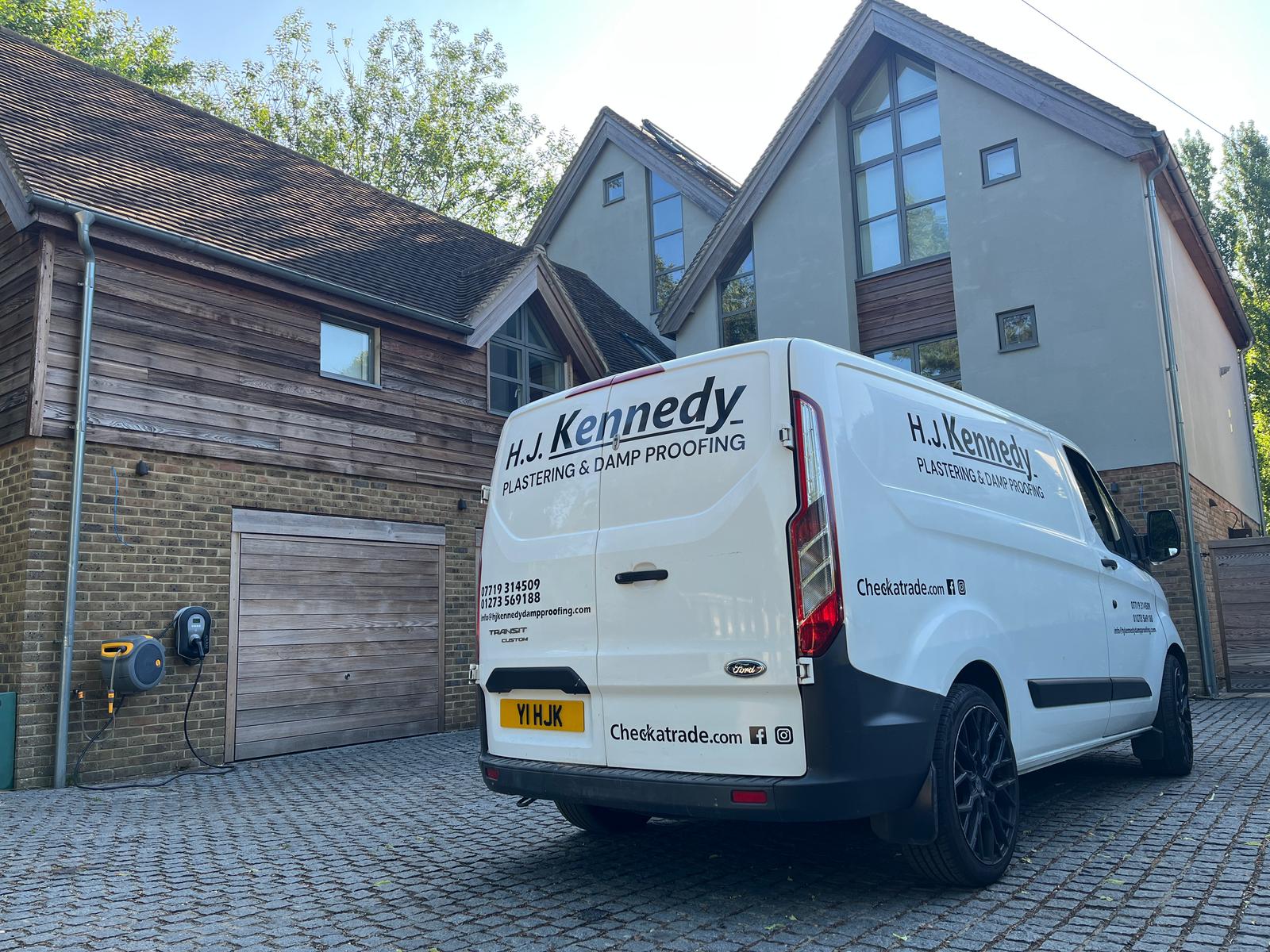
Why Choose Kennedy
20+
Years In Business
200+
Happy Clients
150+
Projects Completed
30+
Year Guarantee
Our Customers Rate Us..
Meet Harvey & Stuart - Damp Proofing Specialists & Founders.
Harvey and Stuart are two brothers who have been working in the industry for a combined period of 25 years. Both starting at the age of 16 they have covered all aspects of damp proofing. Working in most towns, villages and cities across the whole of Sussex.
Before starting Kennedy Damp Proofing LTD, Harvey was the manager of one of Brighton's leading damp proofing companies, managing a team of seven plasterers at just the age of 20 years old.
Given both their experience in the building and damp industry the two brothers are known for taken pride and care in what they do, always leaving a quality finish for their clients.
Making sure their team are properly trained, ensuring that safety and workmanship is always in correct measures.
Signs Your Property Has A Damp Problem
Damp often goes unnoticed until serious damage occurs. Catching the warning signs early can save thousands in repairs and help prevent health risks linked to mould and decay.
Black mould around skirting boards, corners, or behind furniture
Peeling wallpaper, blistered paint, or discoloured plaster
Musty smells in basements, bedrooms, or poorly ventilated spaces.
Salt staining or powdery residue on interior walls or brickwork
Cold patches on walls is often a sign of hidden moisture
Warped woodwork like door frames, floorboards or window sills.
If you notice one or more of these symptoms, we recommend a professional damp survey to identify the root cause and prevent further deterioration. Our team uses moisture meters, and in-depth diagnostics to find out what's really going on beneath the surface.
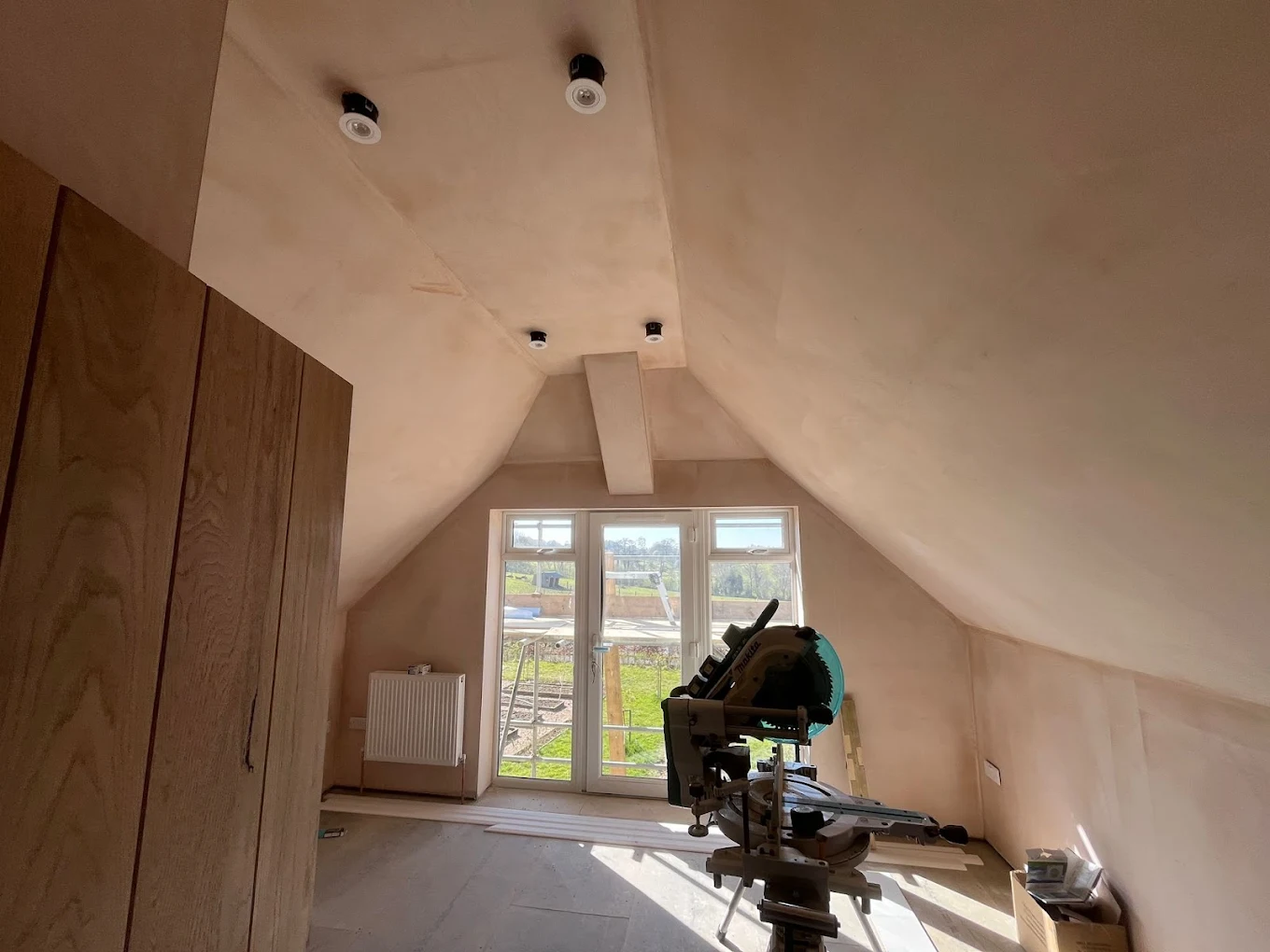
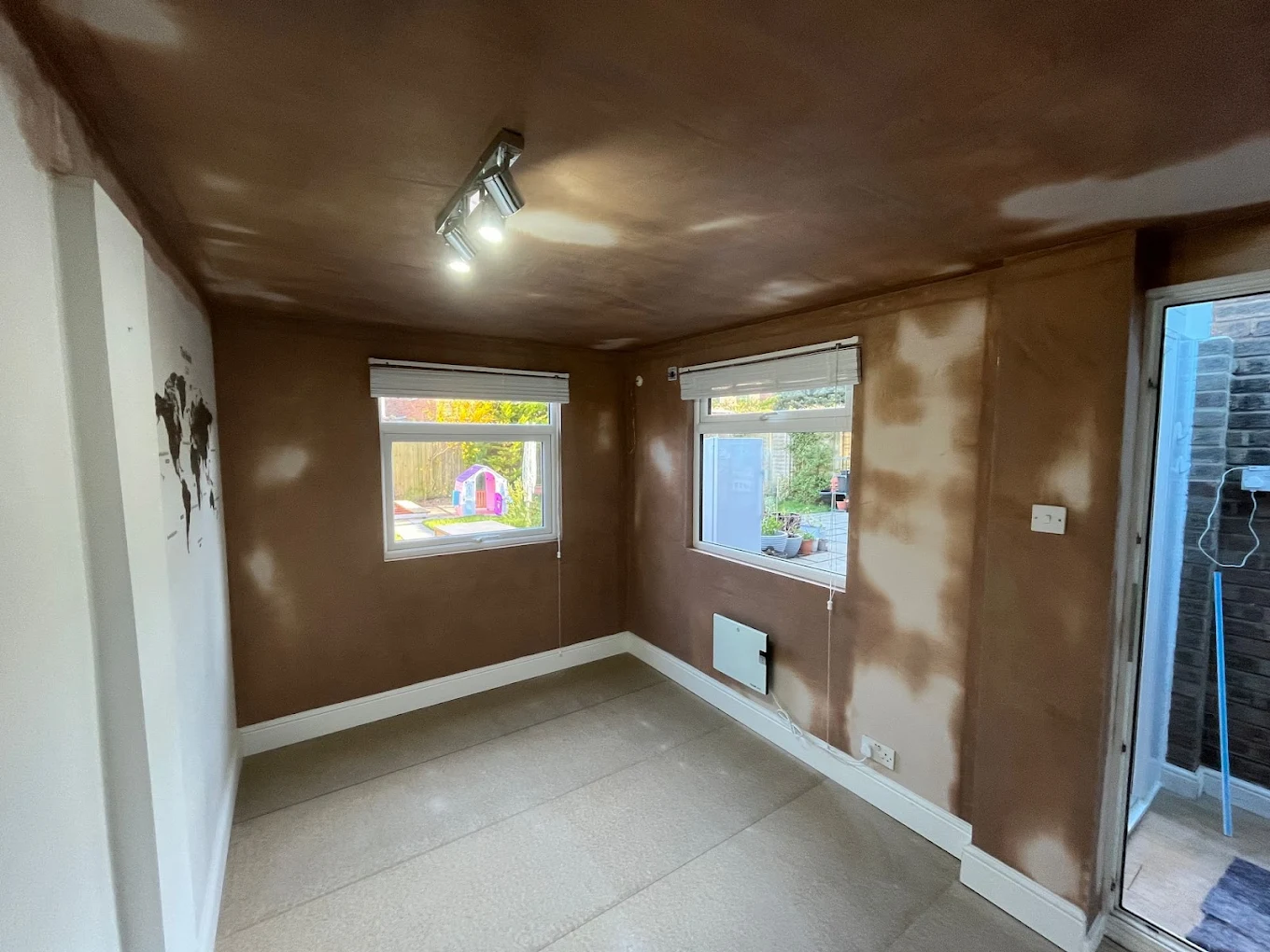
Damp Issues Explained
What Causes Damp?
Moisture problems can manifest in various ways - through discoloration, fungal growth, deteriorating wall surfaces, or unpleasant odors. However, the underlying cause may not be immediately apparent. Kennedy Damp Proofing goes beyond addressing surface issues to pinpoint the actual source of the problem. Below are the typical moisture issues and their origins that we encounter in properties throughout Sussex:
Rising Damp: Water travels upward through permeable masonry when the damp-proof barrier is compromised or absent.
Penetrating Damp: Damp penetrates through damaged walls, deteriorated mortar joints, or compromised external weatherproofing, particularly during periods of intense rainfall.
Condensation: Humid air forms droplets on cool interior surfaces when ventilation or thermal insulation is inadequate, frequently occurring in cooking and bathing areas.
Plumbing Failures: Gradual water seepage from damaged pipes or connections concealed within walls or beneath flooring can progressively saturate structural materials.
Drainage Problems: Clogged guttering systems and inadequate property drainage cause water accumulation that affects foundation-level walls.
Insulation Gaps: Areas with insufficient or improperly fitted insulation create temperature variations that promote condensation and fungal development
Damp Issues Explained
What Causes Damp?
Moisture problems can manifest in various ways - through discoloration, fungal growth, deteriorating wall surfaces, or unpleasant odors. However, the underlying cause may not be immediately apparent. Kennedy Damp Proofing goes beyond addressing surface issues to pinpoint the actual source of the problem. Below are the typical moisture issues and their origins that we encounter in properties throughout Sussex:
Rising Damp: Water travels upward through permeable masonry when the damp-proof barrier is compromised or absent.
Penetrating Damp: Damp penetrates through damaged walls, deteriorated mortar joints, or compromised external weatherproofing, particularly during periods of intense rainfall.
Condensation: Humid air forms droplets on cool interior surfaces when ventilation or thermal insulation is inadequate, frequently occurring in cooking and bathing areas.
Plumbing Failures: Gradual water seepage from damaged pipes or connections concealed within walls or beneath flooring can progressively saturate structural materials.
Drainage Problems: Clogged guttering systems and inadequate property drainage cause water accumulation that affects foundation-level walls.
Insulation Gaps: Areas with insufficient or improperly fitted insulation create temperature variations that promote condensation and fungal development

Preventing Damp
How We Treat & Prevent Damp
Detailed Damp Assessment
We conduct an extensive examination of wall surfaces, flooring, stonework, air circulation systems, wooden components, and building framework to identify dampness problems and their underlying causes.
Diagnosis & Explanation
We identify the moisture source - whether from ground water rising, inadequate air flow, surface condensation, or water penetration - and discuss your available solutions.
Custom Treatment Plan
We develop a tailored treatment plan with solutions designed specifically for your situation.
Expert Installation
Our skilled team execute all work according to safety protocols, maintaining cleanliness while adhering to British Standards. We maintain transparent communication throughout the process.
Aftercare & Restoration
Once dry, we repair plastering, carpentry, or exterior coating work as required, ensuring your property is moisture-free, pristine, and habitable.
We don't offer 'one size fits all' damp proofing. Each project receives individual attention, with our focus always on prevention, effectiveness, and durable protection.
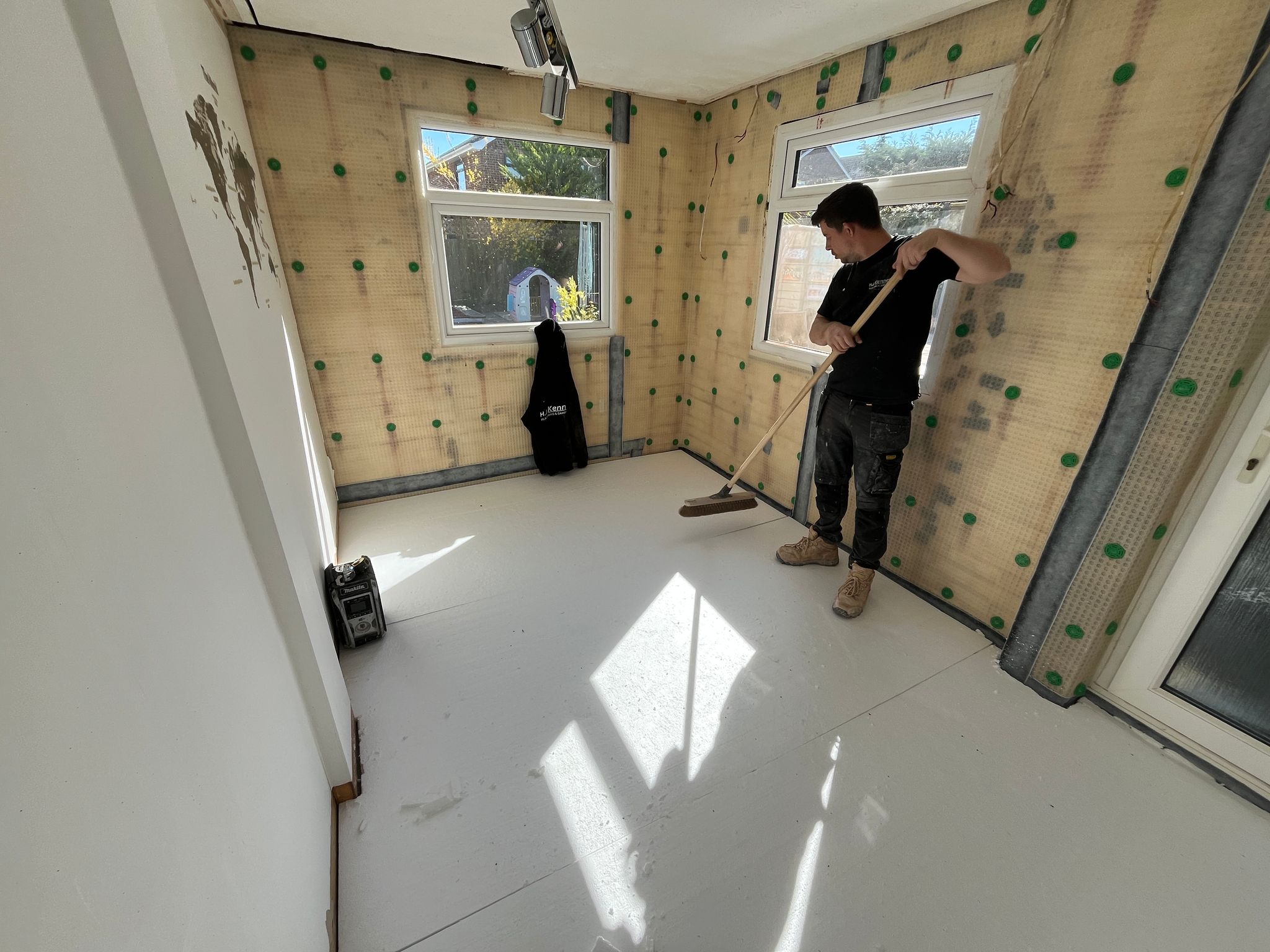
Sussex & Brighton
Professional Damp Proofing Experts
Our Services are tailored to your property's needs and backed by modern
diagnostics, premium-grade materials, and industry-certified systems.
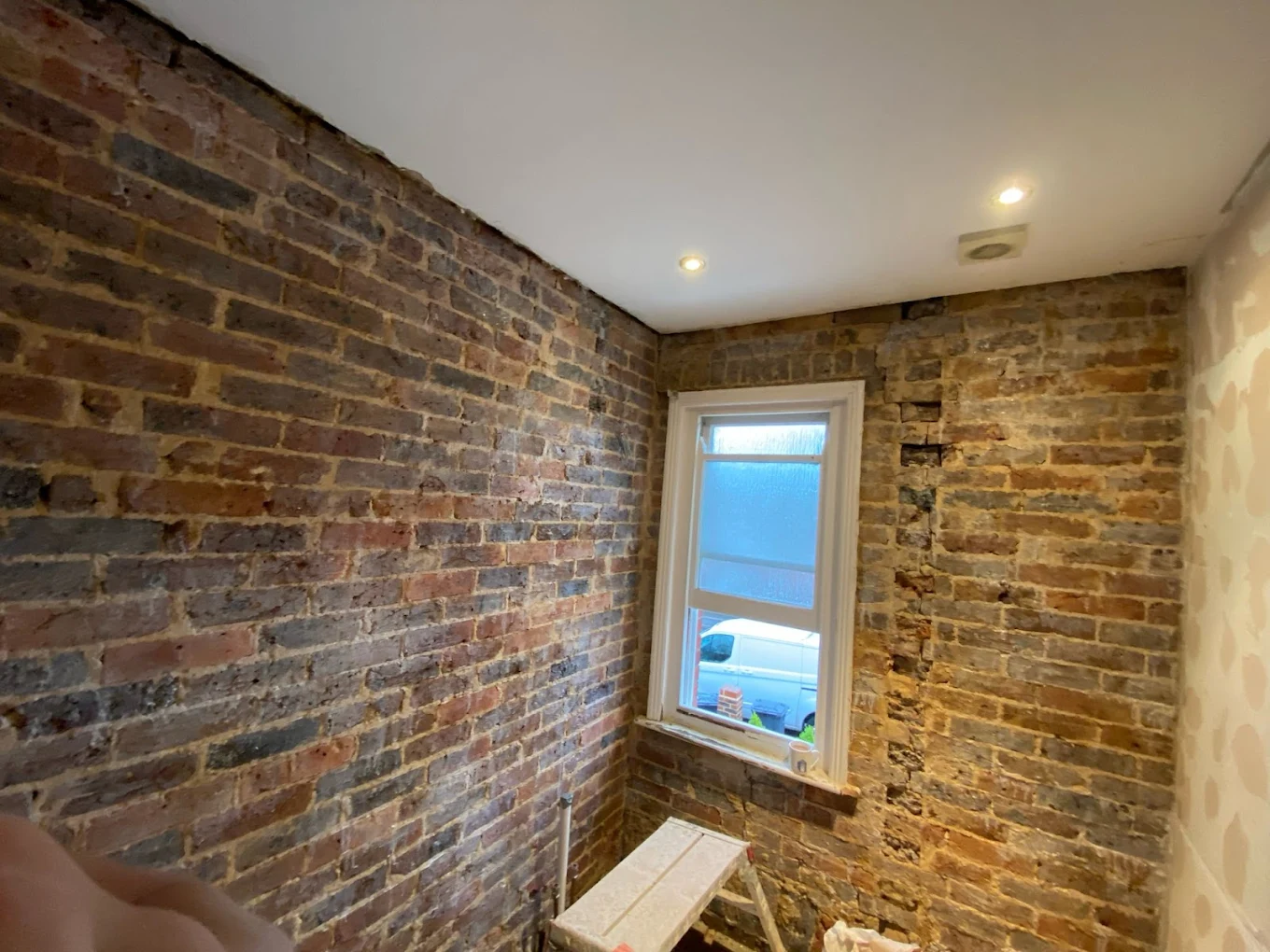
We are well-equipped to tackle any job, regardless of the size or complexity. We ensure that your house or business receives the best care and attention, with a solid DPC barrier and seal to prevent any reoccurrence.
Not Sure What To Start With?
Receive a Free Quote Today
Get In Touch With Us
Get Expert Damp Proofing, Book Your Free Survey Today
______
Whether you're worried about rising damp, mould patches, condensation, or timber decay, Kennedy Damp Proofing is here to help. We offer free damp surveys across Brighton, Hove, Shoreham, and Sussex, with fast response times and 30-year guaranteed treatments. Our certified team will inspect your property, explain the issue in plain English, and provide a clear, no-obligation quote, so you can take action with confidence.
________
Free Consultation
Get A Free Quote
Areas We Cover
If your area is within an hour of Hassocks, give us a call as we can still cover your location, and where possible we will accommodate.
Frequently Asked Questions
Before calling, here are some questions people often ask us which may answer your query.
What do damp proofers do?
Damp specialists examine properties to detect moisture issues, locate the root cause, and implement targeted solutions such as chemical damp proof course injection, protective membrane installation, improved ventilation systems, or waterproof tanking to eliminate dampness and stop future moisture penetration.
What are the first signs of damp in a house?
Early signs of damp include black mould near skirting boards, musty smells, peeling wallpaper, salt staining, or cold patches on walls, even when the heating is on.
Is damp proofing covered by a guarantee?
Yes. At Kennedy Damp Proofing, all our treatments come with a 25-year guarantee, covering both materials and installation when carried out by us.
What is the best damp proofing method?
The best method depends on the cause. For rising damp, DPC injection or membrane damp proof courses are common. For basements, BS 8102-compliant tanking systems like Triton TT55 are ideal. A proper survey ensures the right solution is used.
Is damp proofing worth it?
Yes. Damp proofing protects your property's structure, prevents health risks from mould, improves energy efficiency, and maintains resale value. It’s a long-term investment in your home.
How do you know if you need damp proofing?
If you see mould, peeling paint, musty smells, damp patches, or warped timber, especially on lower walls or near windows, it’s time for a professional damp survey.
What are the side effects of damp proofing?
When done professionally, side effects are minimal. Poorly installed systems may trap moisture or cause further issues. That’s why we only use certified methods and breathable materials to ensure safe, lasting results.
Which areas do you cover?
We are based in Hassocks, but cover all of Sussex, and all along the South of England. If you are in a town/village nearby, please contact us and we can visit for a quick survey.
Can damp cause health issues?
Yes. Untreated damp and mould can worsen respiratory issues, trigger allergies, and affect indoor air quality, especially in poorly ventilated areas.
How long does damp proofing take?
Most damp proofing jobs take 1–5 days depending on the severity and area size. We provide a clear timeframe after your free survey.
Will I need to leave my home during treatment?
In most cases, no. Our technicians work cleanly and efficiently to minimise disruption, keeping your home safe and liveable throughout the process.
What are the advantages of damp proofing?
Damp proofing protects your health by eliminating harmful mould, preserves your property's structure and value, reduces heating costs, creates a more comfortable living environment, and provides long-term peace of mind with professional guarantees.
What are the requirements for damp proofing?
Successful damp proofing needs thorough assessment using specialist equipment, careful preparation of affected areas, application of appropriate treatments like DPC injection or membranes by experienced professionals, compliance with building regulations, and proper warranties on both materials and workmanship.
Can damp come back after damp proofing?
When carried out properly by qualified professionals using quality materials and methods, damp proofing should provide long-lasting protection, but poor workmanship, inadequate diagnosis, or new issues like roof leaks or broken gutters can allow moisture problems to return.
Guides
